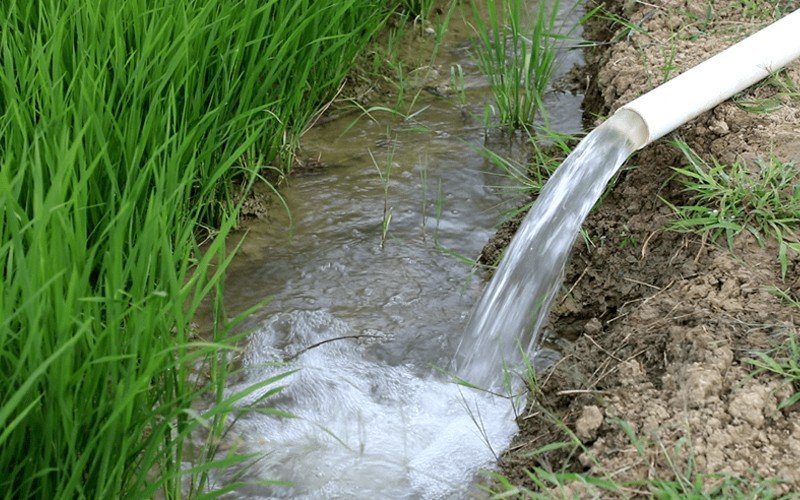
The best time to irrigate farmland can vary depending on several factors, including the crop type, soil characteristics, climate conditions, and the irrigation method used. However, there are some general guidelines to consider:
1. Early Morning or Late Evening: Generally, the best time to irrigate farmland is during the early morning or late evening. During these periods, temperatures are usually cooler, wind speeds are lower, and evaporation rates are minimal. This allows the water to penetrate the soil effectively without significant loss due to evaporation.
2. Avoid Midday Irrigation: It is generally recommended to avoid irrigating during the hottest part of the day, typically from late morning to midafternoon. This period tends to have high temperatures and intense sunlight, leading to increased evaporation rates and inefficient water usage.
3. Soil Moisture Monitoring: Regularly monitor the soil moisture levels to determine when irrigation is necessary. Use soil moisture sensors, tensiometers, or visual observation methods to assess the moisture content. This helps ensure that irrigation is applied when the soil moisture levels have reached the appropriate threshold for the specific crop.

Instead of pvc hose
4. Crop Water Needs: Consider the water requirements of the crops you are growing. Different crops have varying water needs at different growth stages. Familiarize yourself with the specific irrigation requirements of your crops and adjust the irrigation schedule accordingly.
5. Local Climate Conditions: Take into account the climate conditions in your region. Factors such as temperature, humidity, wind speed, and rainfall patterns can affect the timing and frequency of irrigation. Consider the local climate data and adjust the irrigation schedule accordingly.
6. Soil Characteristics: Soil type and its water-holding capacity also play a role in determining the timing of irrigation. Sandy soils drain water more quickly, so they may require more frequent irrigation but with shorter durations. Clay soils retain water for longer periods, so they may require less frequent irrigation but with longer durations. Understand your soil characteristics and adapt your irrigation schedule accordingly.
7. Irrigation Method: The choice of irrigation method can also influence the timing of irrigation. Drip irrigation and other localized irrigation systems can provide water directly to the root zone, allowing for more flexibility in timing. Sprinkler irrigation may be more influenced by wind conditions, so adjust the timing to minimize water loss due to wind drift.
8. Water Conservation: While considering the timing of irrigation, it is important to balance water conservation practices. Avoid over-irrigation, as it can lead to water wastage, leaching of nutrients, and increased disease risk. Monitor soil moisture levels and irrigation efficiency to ensure that water is applied when needed without excess usage.
It is important to note that the specific optimal timing of irrigation may vary based on the unique conditions of your farmland and crop requirements. Consulting with local agricultural experts, extension services, or experienced farmers in your region can provide valuable insights tailored to your specific location and crop types.
Instead of pvc hose